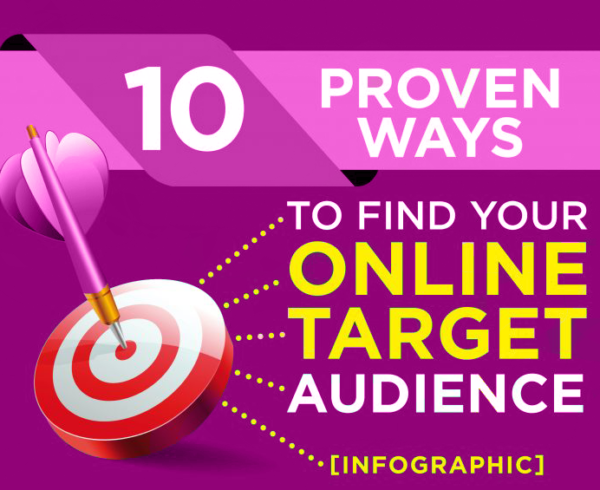The word blogging may take you back to a time when phrases such as information superhighway and cyberspace along with those AOL free trial CDs were commonplace. Unlike CompuServe chatrooms, however, blogs have withstood the test of time. They remain a critical component of content strategy in every industry from fashion to telecommunications.
At Gravitate, we believe in blogs for a number of reasons, chief among them, these three:
- A blog is your vehicle for carrying social media content. The best way to take advantage of the viral nature of social media is to create a piece of content people want to share. This is how BuzzFeed grew so fast, so soon: by emphasizing content people want to share ahead of content people want to click.
- A blog helps convert traffic into leads. If your cloud security company’s blog post on a recent security breach ultimately targets a mid-level management decision maker, you have the opportunity to push this potential customer to gated content that will generate leads, like a free whitepaper, fact sheet, or e-book.
- A blog establishes authority. You want to gain market share in your industry, and authority can help you get there. Establish yourself as an industry leader by being an expert in your field and by creating content useful to your customers’ professional lives.
Leads, authority, shareable content—no matter your business, these are all beneficial. Now it’s time to apply a few rules to your blogging strategy to ensure you make the most out of the time you spend crafting your posts.
Know your audience
All of your website’s content should be created with your user’s goals in mind. This thinking doesn’t stop at crucial conversion pages; it carries over to blog posts, too, so consider the stage of the buying cycle in which your blog post exists.
For instance, you’ve decided your travel industry blog post will seek to inspire people to consider booking a trip to Mexico. By using data from Google Analytics, Facebook Insights, and other social measurement tools, you can learn whether your user base is predominantly female and then make an informed decision to craft a blog post suited to this audience’s interests.
Make it visual
No brainer: Blog posts with images will be more appealing to the user and, as a result, they’re more likely to be high-traffic posts and more likely to be shared.
Think beyond your blog post’s living on your site, and ask yourself, “How will this post live in social media? What does it look like when a user posts it to Facebook or shares it on Twitter?”
You can control the way your post appears on your own Facebook page, but consider how it gets posted by others, too. Facebook posts with images receive more than twice the engagement as do posts without, so mark up your website with Open Graph tags to capitalize on one of the Internet’s most powerful referral engines.
The same goes for Twitter—tweets with Large Summary Cards earn three times the interactions, according to BuzzSumo—so take a look at the markup required for using Twitter Cards.
Add a call to action
Don’t lose sight of the purpose of your business.
Think about the call to action best suited for your post, and push your readers there within the post. If only a small percentage of your blog post readers become leads, you can still defend the resources you invested into your post because it carried your brand’s messaging into social media and moved the needle in establishing your company as an industry leader.
Whether you’re a private wealth management firm, a telecommunications company, or a clothing brand, a blog remains a powerful social-friendly sales tool, and that’s why blogging often finds its way into content strategy recommendations we make at Gravitate.
Do you have an example of a great company blog? Comment below and let us know.











Leave a Comment